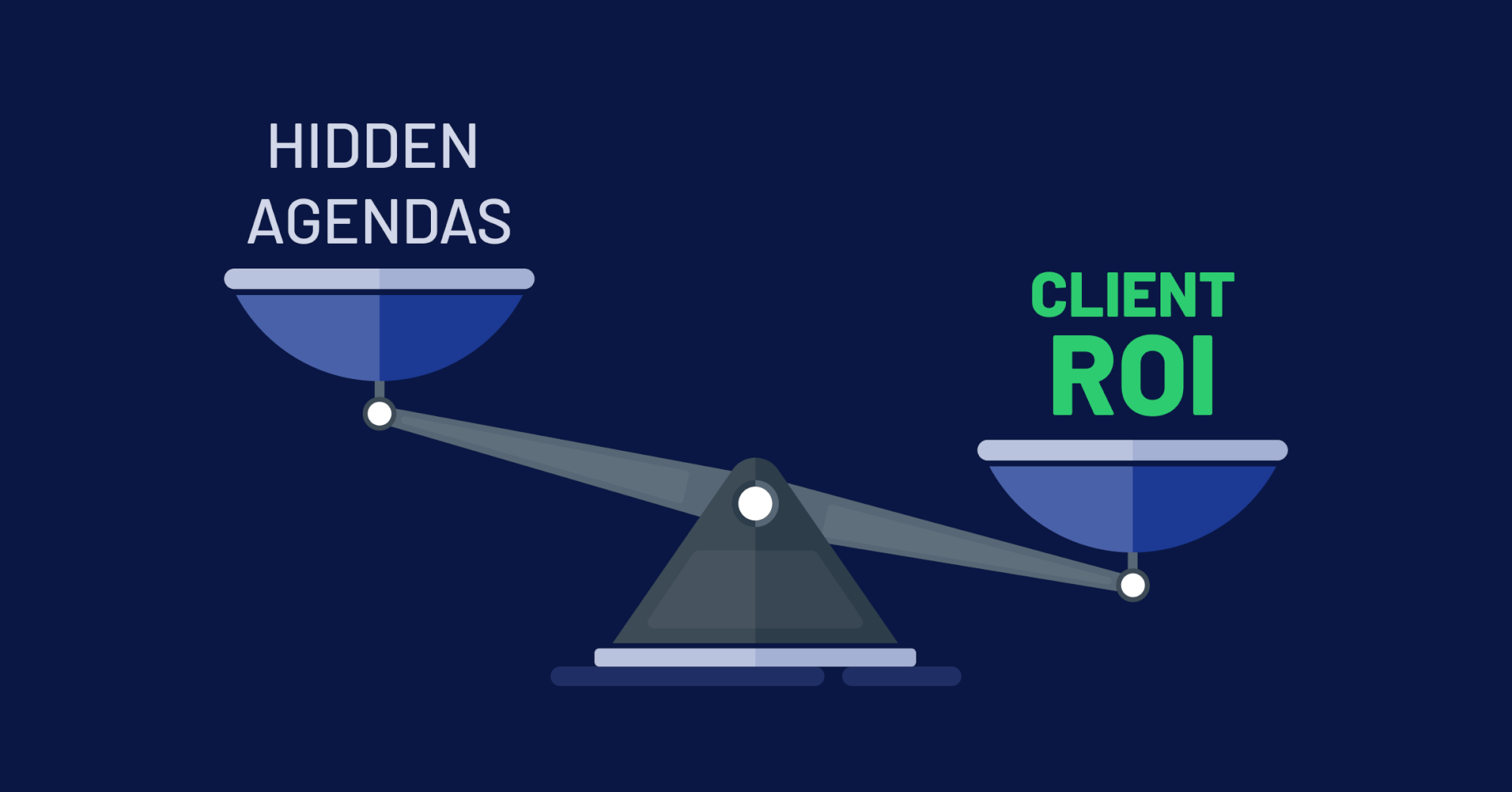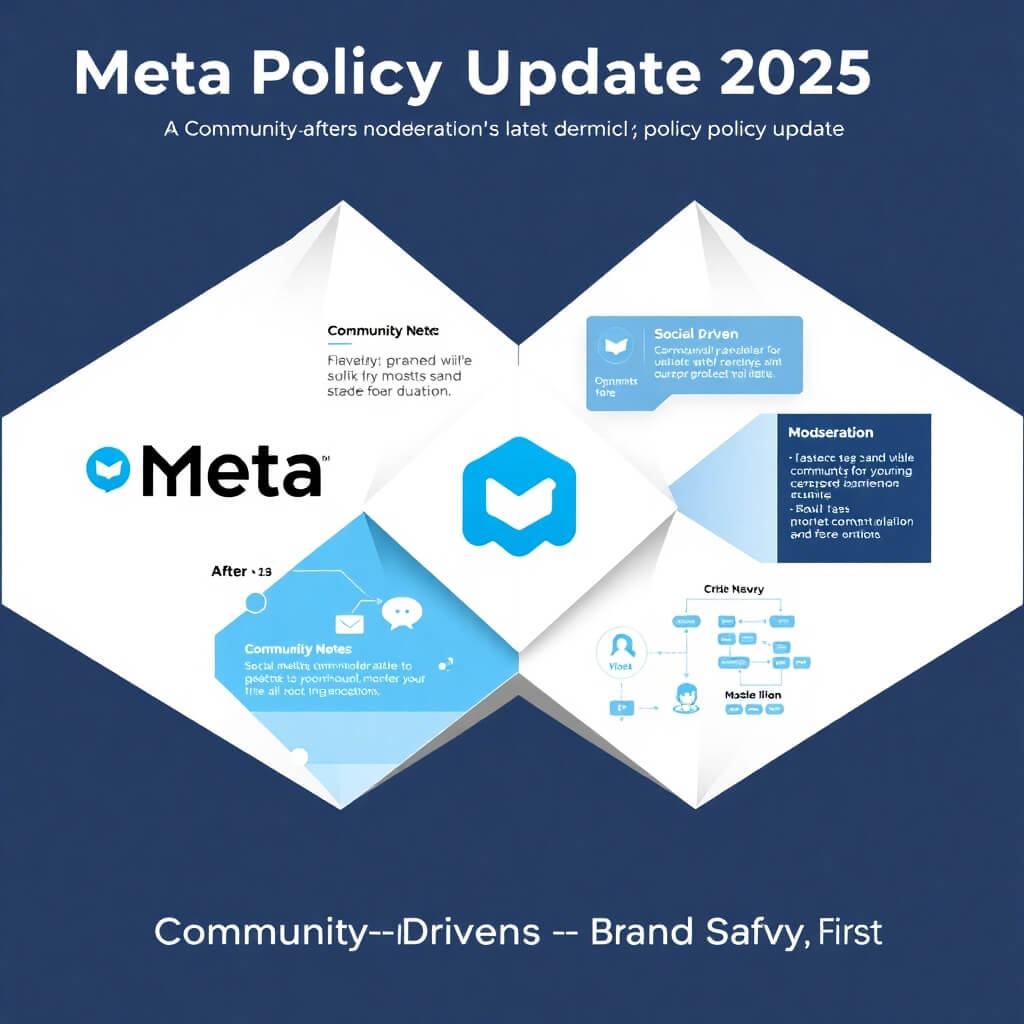
Key Takeaways
-
- Advertisers must now take on greater responsibility for ensuring brand safety, as the shutdown of GARM leaves them without a unified framework to protect against harmful content.
- The absence of GARM opens the door for advertisers to innovate and develop customized brand safety standards tailored to their specific needs.
Where every ad placement could be the difference between brand loyalty and a PR nightmare, the closure of the Global Alliance for Responsible Media (GARM) should send shivers down the spine of every marketer, CEO, and digital strategist out there. Founded in 2019 by the World Federation of Advertisers (WFA) alongside major global brands and social media companies, GARM was more than just a committee—it was the bastion of brand safety in the digital age.
But now, that bastion has crumbled, forced to shut down its operations after facing a lawsuit from Elon Musk’s social media platform, X (formerly known as Twitter). The legal battle, which accuses GARM and its members of an orchestrated “advertising boycott” against X, is more than just a corporate tussle. It’s a seismic event that could redefine the very foundation of digital advertising.
What Went Wrong?
Let’s not mince words—this lawsuit is an attack on the principles of responsible advertising. GARM was established to guide against harmful content online, ensuring that ads do not appear alongside material that could tarnish a brand’s reputation. It was a collective effort to clean up the digital space, a space that has become increasingly murky with misinformation, hate speech, and all sorts of unsavory content.
But the lawsuit from X claims that GARM’s efforts went too far, accusing it of illegal collusion that led to billions in lost revenue for the platform. The irony here is palpable. In July, X had recommitted to GARM, proudly declaring its dedication to creating a safe “global town square.” Yet, within weeks, it had turned around and launched a legal attack that would dismantle the very organization it had pledged to support.
The Industry’s Reaction
The shutdown of GARM has left a hole in the brand safety landscape, and advertisers will be left scrambling to figure out what comes next. Some see this as a harbinger of doom—a future where brand safety is no longer guaranteed, where advertisers are left to fend for themselves in a digital wild west. Others are more optimistic, viewing this as an opportunity to innovate, to develop new frameworks for brand safety that are more flexible and less centralized.
Yet, there’s no denying the anxiety that GARM’s closure has sparked. Many have voiced concerns that this will only harm ad revenues for X in the long run. After all, many brands were already hesitant to advertise on the platform due to its inconsistent content moderation. With GARM gone, those hesitations are likely to grow, potentially leading to even more reduced ad spend on X.
The Good, The Bad, and The Ugly
So, what’s the silver lining here? Let’s break it down.
The Good: The closure of GARM could lead to a more competitive environment for brand safety. Without a single, centralized body dictating the rules, advertisers may have the freedom to develop their own standards, tailored to their specific needs and values. This could foster innovation and lead to more diverse approaches to ensuring brand safety.
The Bad: Let’s not kid ourselves—there’s a lot more bad than good in this situation. The absence of GARM means the absence of a unified framework for brand safety. This increases the burden on individual advertisers, who now need to be even more vigilant about where their ads are placed. The risk of ads appearing next to harmful content is higher than ever, and without GARM’s oversight, there are fewer protections in place to prevent that from happening.
The Ugly: Then there’s the ugly—this lawsuit sets a dangerous precedent. The idea that a platform can sue its advertisers into spending money is not just absurd; it’s terrifying. It undermines the very concept of free market principles and could discourage companies from taking a stand on important issues like brand safety and responsible advertising.
What Should Advertisers Do Now?
In this new landscape, advertisers need to be more strategic than ever. Here are a few steps to consider:
-
- Increase Vigilance: Without GARM, the full responsibility is on you to ensure that your ads are placed in brand-safe environments. This means conducting thorough due diligence on all platforms and publishers you work with.
- Develop In-House Guidelines: Consider creating your own brand safety standards, tailored to your company’s values and risk tolerance. This could involve setting stricter criteria for ad placements and regularly reviewing where your ads appear.
- Consult Legal: The legal landscape is shifting, and participating with legal experts before making any major decisions that could expose your company to liability.
- Stay True to GARM’s Principles: Even though GARM is no longer operational, its principles are still relevant. Continue to advocate for responsible media practices and hold platforms accountable for the content they allow.
The Future of Brand Safety:
We need to continue pushing for a digital environment that is safe, respectful, and aligned with the values of the brands we represent. In the words of Elon Musk, X is a “global town square.” But if that square is filled with harmful content, misinformation, and hate, is it really a place where brands want to be? The answer, I hope, is clear.
Let’s make sure that, as an industry, we keep fighting for a better, safer, and more responsible media landscape. GARM may be gone, but the fight for brand safety is far from over.
Protect Your Brand in a Post-GARM Era with Overdrive Interactive
Ensure your brand’s safety in a shifting digital landscape. Partner with Overdrive Interactive to develop customized SEO services that protect your brand while driving results. Contact us today to safeguard your advertising in a post-GARM world.






